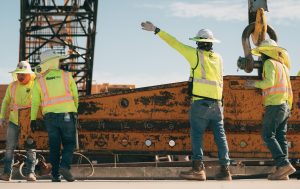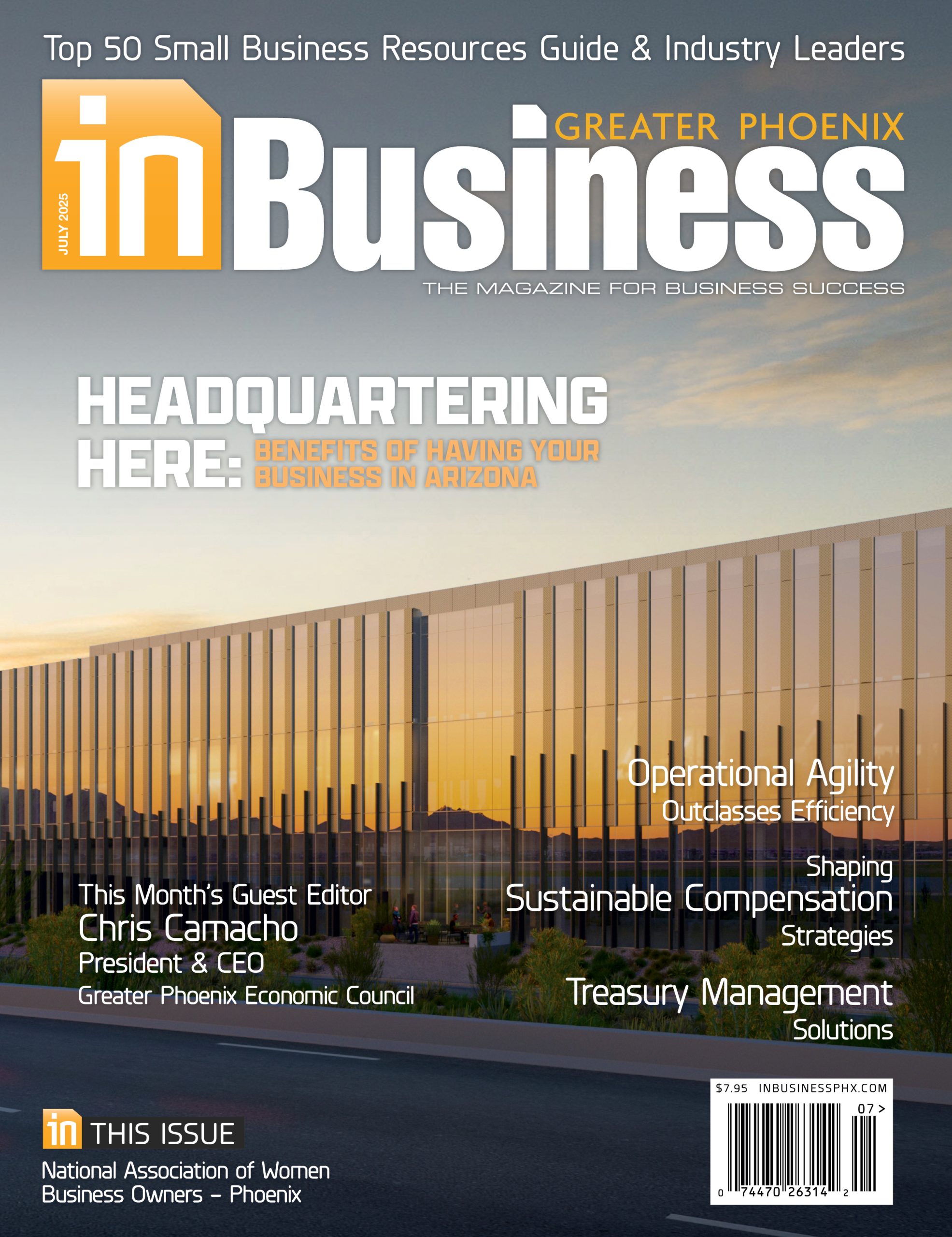Phoenix’s construction market is seeing targeted growth across industrial, retail, healthcare and office improvements, as developers adapt to shifting demand and new tariff pressures, according to LGE Design Build’s newly released Q3 2025 Construction Delivery Outlook.
“Phoenix’s construction market remains active, but developers are moving forward with a sharper focus,” said Blake Wells, vice president of preconstruction at LGE Design Build. “With new tariffs and duties on the horizon, the pressure on budgets and schedules is real. Teams that plan strategically and coordinate early across projects will be best positioned for success through the rest of 2025.”
Phoenix’s construction market in Q3 2025 shows targeted activity across industrial, retail, healthcare, and office, with developers aligning to long-term growth patterns rather than short-term speculation. Industrial remains active, with 2.2 million square feet delivered and a robust 11.6 million square feet still under construction, while builders pivot from oversupplied fringe submarkets toward infill and logistics-adjacent sites.
In office, ground-up development is largely paused, but work continues through tenant improvements and repositioning—especially in high-demand areas like Tempe and Scottsdale, where sublease availability has fallen to its lowest level since 2022. Healthcare is ticking up modestly, centered on off-campus outpatient facilities and smaller medical office buildings embedded in retail corridors. Retail and mixed-use are gaining momentum in the East and West Valleys, supported by population growth and tenant demand, with more than 1.24 million square feet underway—much of it in fast-growing communities such as Gilbert, Queen Creek, and Buckeye—where service-based and convenience retail are driving new development.
After leading job growth in the first half of the year, Arizona’s construction sector is showing signs of cooling. In May 2025, statewide construction employment fell by 1,700 jobs—a 0.8% dip—as the market adjusts to higher interest rates and softer demand.
Even with the recent slowdown, the longer-term outlook remains favorable: statewide construction employment is still on track for 3.3% growth compared to two years ago. Industrial development—especially warehousing and logistics—continues to anchor activity in Phoenix, though labor demand has become more selective as project financing tightens.
U.S. supply chains are navigating a complicated third quarter shaped by shifting tariff regimes, seasonal logistics pressures, and geopolitical instability abroad. Shipping networks have largely adapted to recent global disruptions, but higher port fees, elevated container rates, and ongoing conflict in the Middle East continue to test freight resilience. Domestically, new Section 232 reviews—covering copper, electronics, and critical minerals—are adding uncertainty, particularly for construction-related materials.
Although many tariffs are still being negotiated, manufacturers and importers are responding with strategic reshoring, adjusting inventories, and increasing use of bonded warehouses to protect timelines and mitigate cost risk.
Material costs are increasingly being driven by tariff-related volatility as Q3 unfolds. Recent 50% tariffs on steel and aluminum, along with pending Section 232 reviews covering copper, electronics, and critical minerals, are pushing up prices across key construction inputs. Copper imports surged ahead of potential duties, while drywall and gypsum costs continue to climb on higher freight and constrained supply. Electrical components—especially those dependent on Chinese inputs—remain elevated under 30% IEEPA duties.
Although some categories such as flat glass and lumber are stable for now, the broader risk environment is prompting many contractors to accelerate purchasing and lock in pricing before further changes take hold.


















